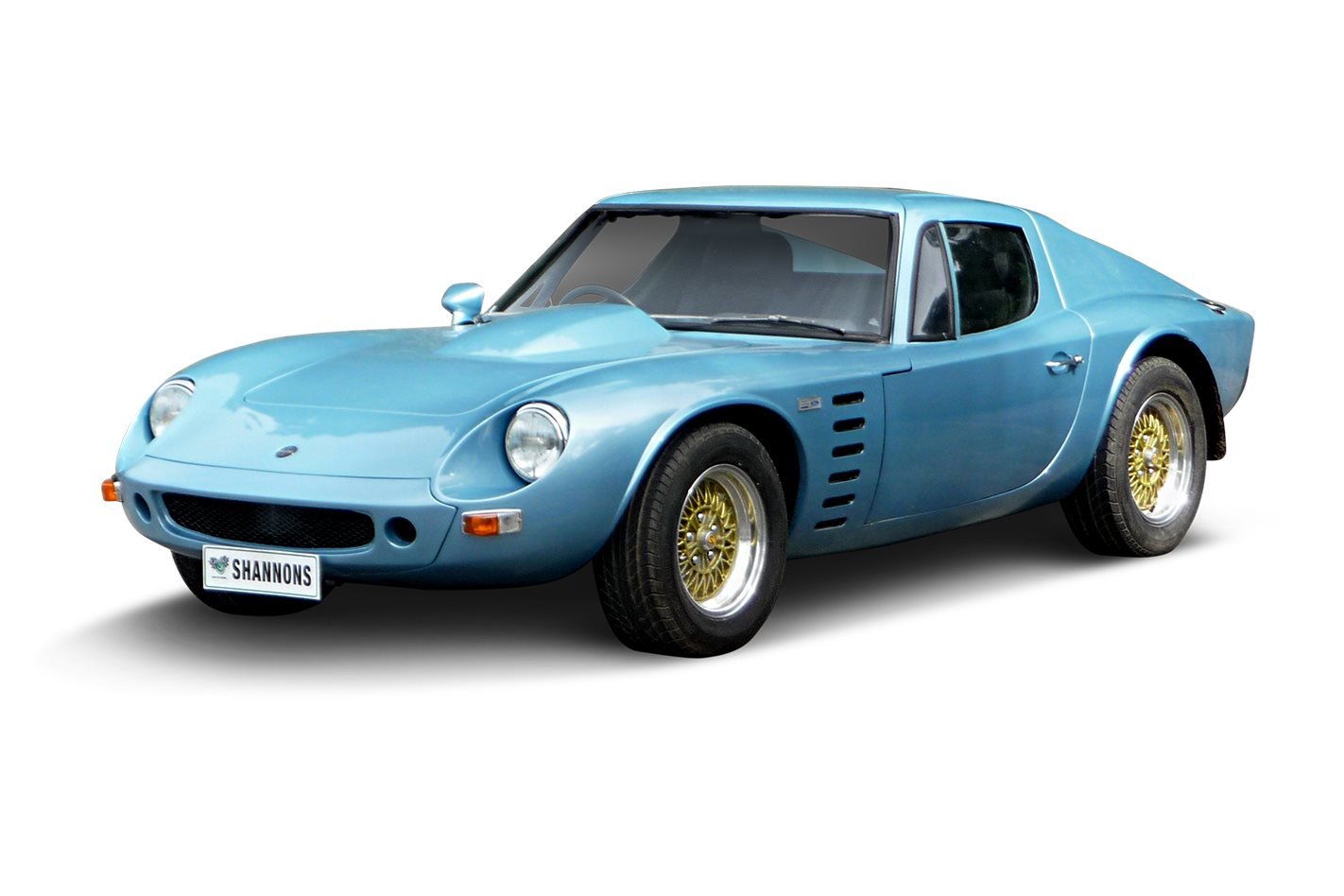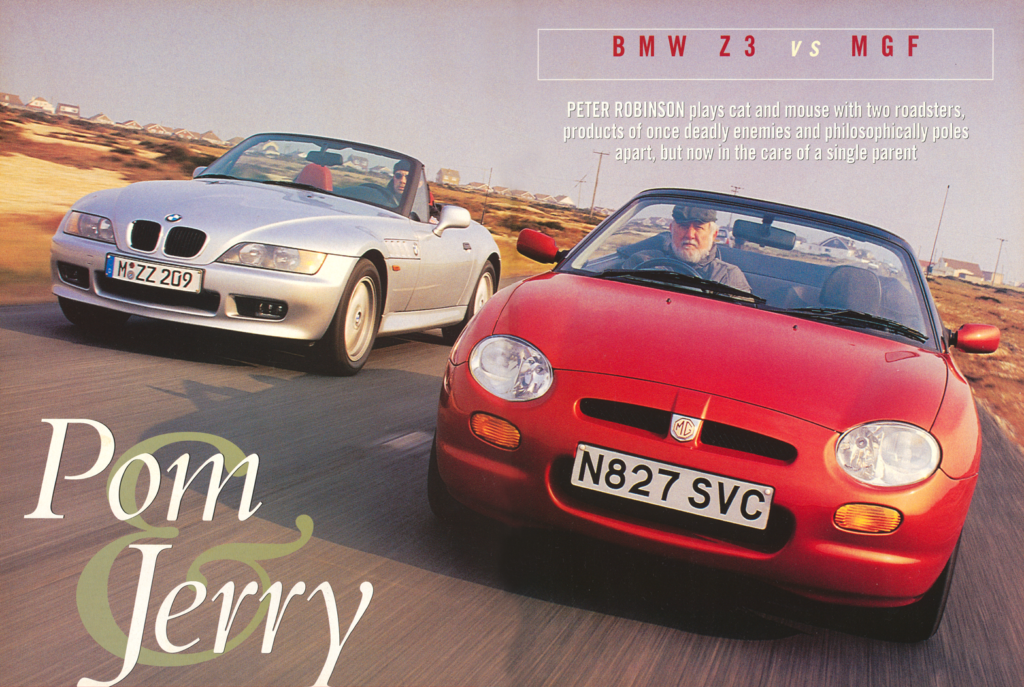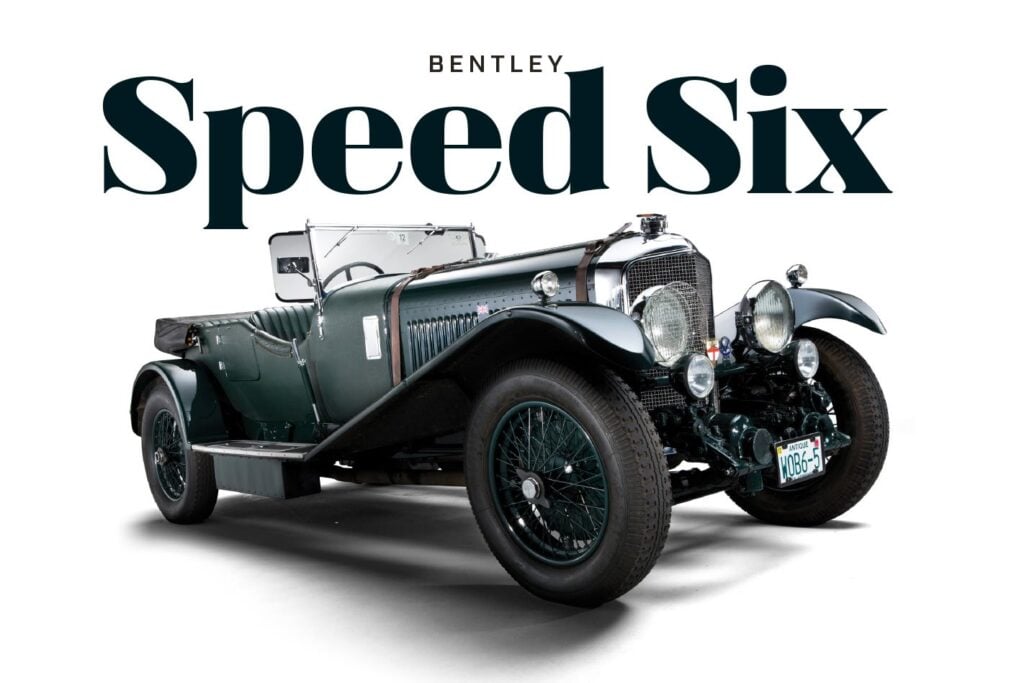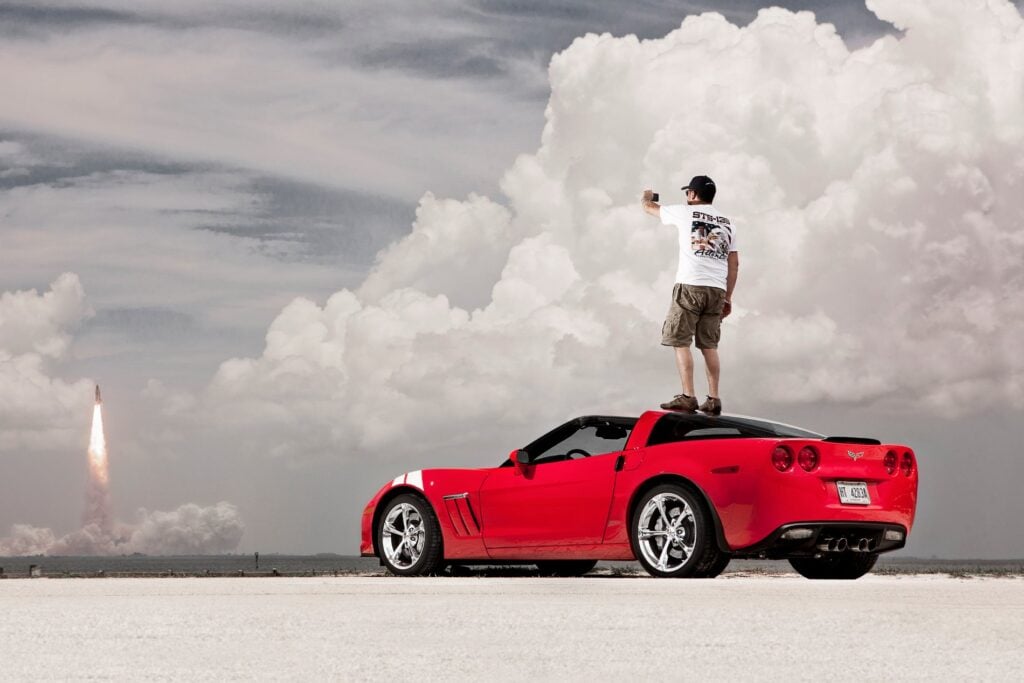IN 1969, if you’d hoped to impress friends overseas with Australian cars, you’d have introduced them to the XW Falcon GTHO Phase 1, the HT Monaro GTS 350 and the VF Valiant Pacer. Not a bad bunch of brochures. But all three would have surrendered wall space to a low-riding, low-volume Aussie sexpot, the Bolwell Nagari.
Brothers Campbell, Winston and Graeme Bolwell had tinkered with home-made specials in the late-1950s, before the 20-year-old Campbell launched Bolwell Cars as a kit-car concern in 1963. The first model was a sports racing-styled roadster called the Mark 4, which, atop its steel-tube spaceframe, carried body panels in aluminium and newfangled fibreglass.
About 50 of the Mark 4 kits were sold, which encouraged Bolwell Cars – Graeme joining Campbell in 1966 – to develop subsequent models. The fastback lines of the 1966 Mark 7, designed for six-cylinder Holden mechanicals, predated the Datsun 240Z by four years. Almost 400 kits were sold.
The design matured into the Mark 8, the Nagari. And how: as the first Australian low-volume car designed for a V8 engine (Ford’s 5.0 Windsor), the Nagari was world-class in the construction of its ‘Y’-backbone chassis and one-piece fibreglass body.
A key element was the fact that, during 1966, Graeme spent six months in the UK working at Lotus during the Europa’s development. The Nagari’s body-over-backbone format mimicked the Elan’s, and the handsome Nagari shape likewise incorporated replaceable bumpers.
Its proportions were spot-on, with its 4013mm overall length and 2286mm wheelbase within a thumbnail of an AC Cobra’s, and overall height of the coupe a slithery 1118mm. A roadster, introduced in 1972, was every bit as handsome.
The Nagari was briefly offered as a kit, but Bolwell quickly insisted on building it in-house to control quality. A turn-key Nagari 5.0 ran the standing quarter-mile in 14.8 seconds, making this Aussie sportster equal to the XW Phase I in a straight line. Being a 915kg, front mid-engined coupe with claimed 50/50 weight distribution, it was somewhat more nimble everywhere else.
In truth, it wasn’t a cheap alternative: at $5490, the Nagari was almost $1000 more than the Phase I. The price was nearer to $7500 by October 1974, when new emissions regs demanded Bolwell spend $500,000 to homologate their stock, Ford-engined car.
“So we knew, to the day, when we had to stop building them,” Campbell said. Approximately 128 coupes and 12 roadsters – once described by Wheels as objects of “lust and desire” – had been built.
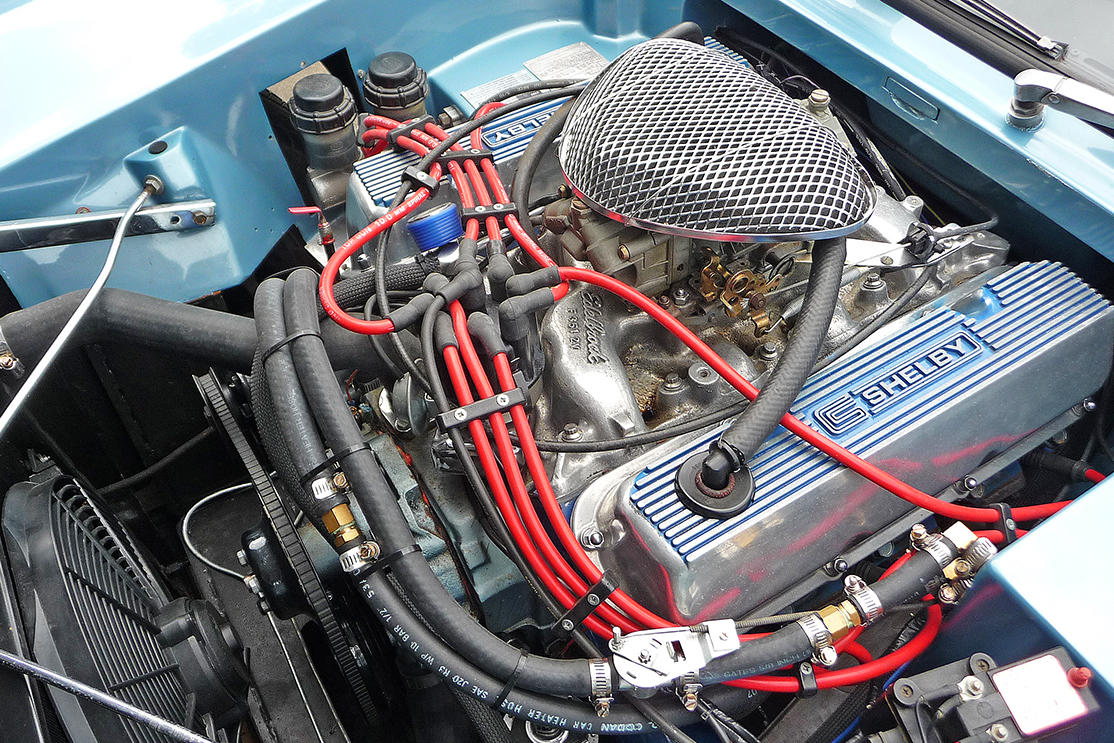
Bolly would
The all-fibreglass body was moulded in one piece and straddled the fabricated, sheetmetal backbone chassis. Front suspension was by Bolwell’s own wishbones with Falcon uprights and coils, while the Ford live-axle rear end was modified with Bolwell locating links. Wheels were Bolwell alloys, with Ford disc/drum brakes. Rack-and-pinion steering came from the Austin Kimberley.
Ford’s 302c.i. (5.0-litre) Windsor V8 and four-speed top-loader made a perfect fit, though many Nagaris were converted to 351s (5.8). Bolwell’s brochure claimed 164kW at 4600rpm and 407Nm at 2600rpm, and 0-60mph in 7.1 seconds and a 14.8 quarter made the ‘Bolly’ a full second quicker than similarly engined Falc XT GT. Fuel consumption, if it mattered to Nagari Man, averaged 12.8L/100km.
How and Y
With both Graeme and Campbell Bolwell standing more than 183cm, the Nagari was reasonably roomy. The tranny tunnel told of the Y-shaped spine beneath, and the woodgrain dash’s switchgear, vents and handles showed Falcon origins. Safety considerations (1969, remember) extended to a collapsible steering column, seatbelts (mandatory from 1969), seat headrests and ‘crash-padded’ dash and pillars … sissy stuff to Nagari Man.

5 Fast Facts
1. Flow-on effect
Nagari came from an Aboriginal word for “flow”. In 2006, Mazda showed a concept named Nagare –Japanese for “embodying motion”
2. Special interest
Campbell Bolwell built his ‘Mark 1’, a special based on a 1937 Ford V8, by wagging school. He failed Year 12
3. Right clique
Individual Nagaris made their way to South Africa, NZ and Europe. The only LHD example built, for a US order, stayed here and became a RHD racer
4. Backing up
Bolwell revived the Nagari name in 2008 for an all-new, mid-engined coupe with supercharged Toyota V6 power. Yours for $150K-plus
5. High-rise
Nagaris were selling for $7200 when production ended in ’74. They’ve seen close to 10 times that figure in recent years

